Bluegrass virtuoso Sierra Hull is having a great year. Between releasing a critically acclaimed album (A Tip Toe High Wire), maintaining a full touring schedule, appearing on the Grand Ole Opry, recording an NPR Tiny Desk concert, contributing to the rebooted King of the Hill soundtrack, and teaching her Artistworks mandolin course, she's certainly keeping busy enough.
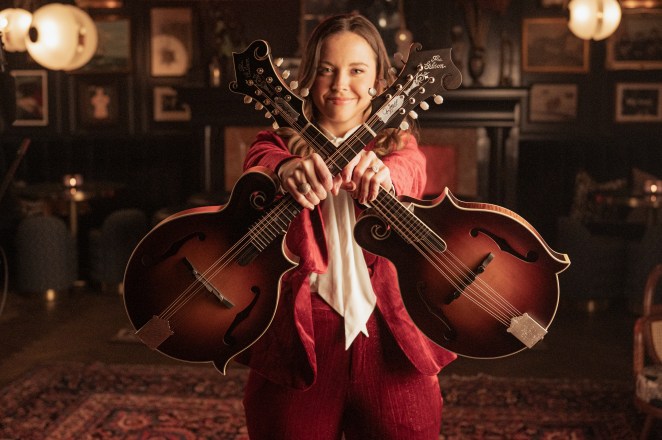
Bluegrass in general is having a heck of a year, and it just keeps booming. Thanks to younger torchbearers like Hull, Billy Strings, and Molly Tuttle, bluegrass is not only here to stay, but minting new fans by the droves.
Nowhere is this more evident than in the fact that Gibson has just given Hull the distinction of being the first woman to clinch a signature mandolin with the brand (it also happens to be the first Gibson signature model mandolin, at all, in two decades).
So, Gibson mandolins are back with a bang. The brand-new Sierra Hull F-5 Master Model and Sierra Hull F-5G (released today, October 7) represent a renewed interest in the instrument on behalf of Gibson, and also that of the music-appreciating public as a whole—thanks in no small part, I'm sure, to Sierra's handling of the instrument in the global spotlight.
Sierra was kind enough to take the time to talk to me about her new album, her collaboration with Gibson, her songwriting process, and the past and future of mandolin music.
(The following interview has been edited and condensed, but you can head to the Craft of Music on Substack for exclusive access to the full video interview.)
American Songwriter with Sierra Hull
American Songwriter: Let's talk about this Gibson collab. What was your reaction when you first heard that you were going to be the first woman with your own Gibson mandolin?
Sierra Hull: Gosh, I didn't even think about that at first. I was just excited that this could even be, you know, a possibility. My first Gibson mandolin, my first real Gibson mandolin, was actually an Adam Steffey signature series. So, you know, I had a signature model mandolin by one of my heroes. And so, you know, this idea that now I could have my own signature just feels so crazy. Full circle.
And then let alone just to get to be the first woman is is really an honor. Truly, as someone that just loves this instrument so much, it's really an honor.
AS: Yeah, that's incredible. How did it come about? Did they kind of spring a surprise on you? Or were you in talks for a while?
SH: We kind of gradually worked up to this collaboration. Well, I've had a relationship with Gibson going back to that first mandolin that I got when I was 12 years old. I wound up in the Gibson Custom Shop, which they used to have a shop here in Nashville at the Opry Mills Mall, where you could go in.
And it was kind of like a Gibson music store, just like, you know, in the mall, funny enough. And, you know, yeah, it was awesome. You could play instruments and, you know, guitars, mandolins and banjos and stuff. And they had this big giant window that you could actually see the luthiers in the team back there working, building instruments.
I had just a few months before that played with Alison Krauss on the Grand Ole Opry. And it was on national television. And so when I came in the store, we started talking to this guy, who now I know was Danny Roberts, who's a great mandolin player in his own right, and used to be a luthier with Gibson. And he said, hey, are you that little girl I just saw on television with Alison Krauss?
He knew I was a big Adam Steffey fan because, you know, Adam Steffey, long-time mandolin player in Union Station with Alison Krauss. And so he knew I would be excited to be able to see Adam's signature series mandolin. He put it in my hands for me to try to, you know, try out. And I remember him saying, “Well, what do you think about that? How would you like to have one?"
And my dad laughs and says, he's thinking, “Well, I bet she would. But I don't think we can get her that today," because, you know, mandolins are expensive.
But they gave me this mandolin. They gave me a signature model mandolin by one of my heroes. And it was just an unbelievable thing to get to receive that, you know? And so, I ended up, you know, playing that happily for many years.
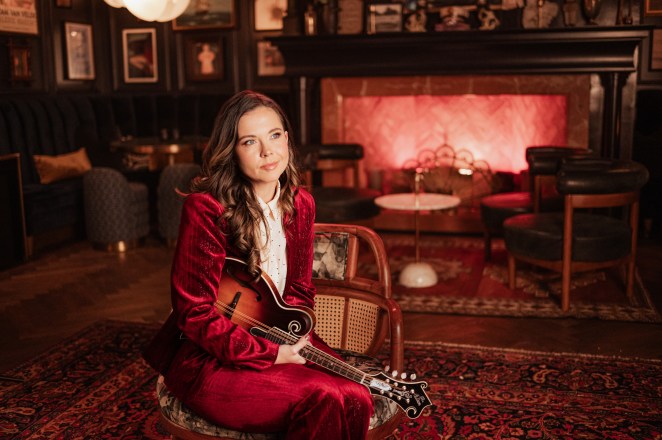
So, fast forwarding, I got a call, like, about two years ago, maybe a little over two years now from Codey Allen at Gibson. And, you know, she was kind of telling me about how they were about to release the Lloyd Loar F5 July 9 replica tribute mandolin, kind of celebrating 100 years. So this was kind of like a relaunch of the mandolin brand, which was pretty exciting.
And so, you know, I knew they were releasing these two models, and they're like, “we would like to maybe talk with you about doing a signature line sometime in the future.”
And I was just floored because, you know, (it’s) certainly a dream come true to get to do something like this with Gibson. I mean, I would say I've been approached a few times by other companies over the years maybe wanting to do something, but I always felt like, I don't know, I play a Gibson. Gibson's the instrument that I love and I play, and if I ever were to do it, it would have to be with Gibson, I think, because that's just the legacy, it's the instrument that I love and play.
AS: What are some features or design specs that would differentiate your model, for example, from any other F5?
SH: So Gibson has had the Master Model line for quite some time now. That particular model mandolin is what my 2009 is, and it's just, you know, kind of your standard Master Model, dated back in 2009.
But when I got that mandolin, I did a few custom things to it with David Harvey, the luthier who signed the mandolin, and oversaw the production of that particular instrument at the time. I had played Ricky Skaggs’s mandolin, actually, and he has like such a small neck on his signature model. And to me, it just felt really comfortable.
And then whenever I played the Master Model shortly after I asked—I was talking to David about that—who had also been part of the Skaggs signature, and I was like, “Hey, do you think we can make the neck profile on this kind of more like that? Maybe not quite as small, but sort of.” And so we kind of split the difference.
In addition to that, I've always really liked for mandolins to have less of that kind of glossy finish on them. A lot of times I feel like, you know, they can sound a little bit more aged and stuff right off the get-go when they don't have that. So the finish on my old master model was more of like an aged varnish type thing, which is unusual. He also scooped the fingerboard.
And so then we started talking about how can we take the signature, and again, have it be inspired by the changes that were made to my 2009 Master Model, while also aesthetically adding a couple things for the signature series in particular as well, that of course, my original Master Model wouldn't have had.
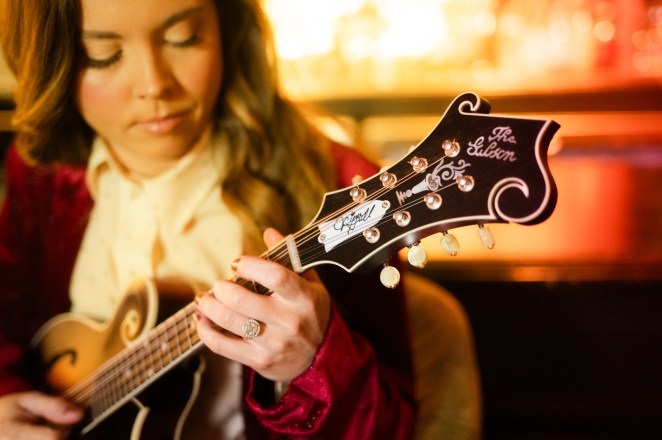
But the one thing that's different than, say, your standard Master Model is that it's a thin, matte varnish finish. They did a special sunburst—they're calling it, the Sierra Burst. So just aesthetically, they look different than any of the Master Models would, but they do still carry forward the sort of traditional Lloyd Loar specs of the nut width and the fingerboard—it's a flat fingerboard, which is what I've always played.
The truss rod cover plate has my signature, and there's a little small heart, dotting the “I” of my name. And so then that kind of carries down to a custom tailpiece, where we carried through with the sort of traditional nod to the Gibson in the normal font that you'd have on, like, all the old Loar mandolins, but then the top part of the tailpiece plate and the bottom part has a little bit of a design that kind of incorporates a little heart that kind of ties it all together. And my initials are engraved in there as well, real small.
The F-5G is basically using the same specs with the neck profile, the flat fingerboard, same matte finish, same tailpiece, truss rod cover design, but you don't have the double-sided binding.
With the master model, you get the premium hardware like the Waverly tuners, you know, things like that. The extra inlay. Whereas the, the F-5G’s a little bit more barebones, so to speak, but still carries the same, you know, set up and sort of general look and feel if you put them side by side.
So they're both great mandolins. I'm just really excited.

Watch the full video interview at The Craft of Music on Substack.
Learn more about Sierra's signature mandolins at Gibson.com.
Sierra Hull's signature F-5 Master Model and F-5G are available at Sweetwater now.
When you purchase through our links, we may earn an affiliate commission.
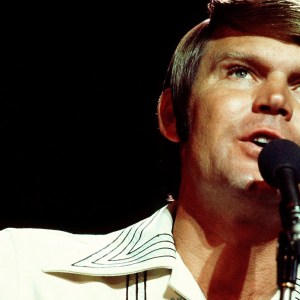
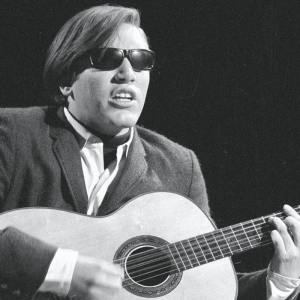
Comments
Loading…